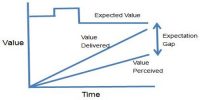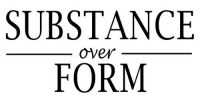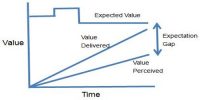Audit Evidence is persuasive rather than Conclusive
Audit evidence is evidence obtained during a financial audit and recorded in the audit working papers. In the audit engagement acceptance or reappointment stage, audit evidence is the information that the auditor is to consider for the appointment.
Audit evidence is usually influential rather than decisive because of the method that it is collected and the results that it gives. This evidence is the information that the auditor uses in arriving at termination on the foundation of which he forms his estimation. Rather than be complete, auditors desire to be rational in their assertion. The auditor should attain adequate and suitable verification which enables the auditor to turn up at termination and supports his judgment. This means that they will gather confirmation from a number of dissimilar sources to maintain a similar contention.
In the words of AICPA-
“Audit evidence is evidence obtained during a financial audit and recorded in the audit working papers.”
Audit evidence is different in different stages of auditing.
(a) Audit engagement acceptance or reappointment stage: Audit evidence is the information that the auditor is to consider for the appointment. Audit evidence forms the foundation for forming estimation whether the financial statements of an entity state true and fair view or not. For examples, change in the entity control environment, inherent risk and nature of the entity business, and scope of audit work.
(b) Audit planning stage: Audit evidence is the information that the auditor is to consider for the most effective and efficient audit approach. In assessment to decisive proof, auditors will not observe all of the information obtainable to them when collecting their influential evidence. For examples, reliability of internal control procedures, and analytical review systems.
(c) Control testing stage: Audit evidence is the information that the auditor is to consider for the mix of audit test of control and audit substantive tests. Evidence collected by the auditor should maintain the contents of its audit report.
(d) Substantive testing stage: Audit evidence is the information that the auditor is to make sure the appropriation of financial statement assertions. For examples, existence, rights, and obligations, occurrence, completeness, valuation, measurement, presentation, and disclosure of a particular transaction or account balance. They are able to represent realistic conclusions and arguments about a financial statement allegation by using a diversity of means of collecting data.
(e) Opinion formulation stage: Audit evidence is in that the auditor is to consider whether the financial statements as a whole presents with completeness, validity, accuracy, and consistency with the auditor’s understanding of the entity. Audit evidence includes information provided in books of accounts as well as information from other sources.
The persuasive evidence is composed using an amalgamation of adequacy and suitability. Competence of audit evidence is the determination of the measure of audit evidence. The two are consistent and apply to audit evidence that is collected either throughout substantive procedures or tests of control. Appropriateness of evidence is the excellence of the evidence, i.e., its significance and dependability to support the auditor’s estimation.
For the above reasons, it is said that Audit evidence is persuasive rather than conclusive.














